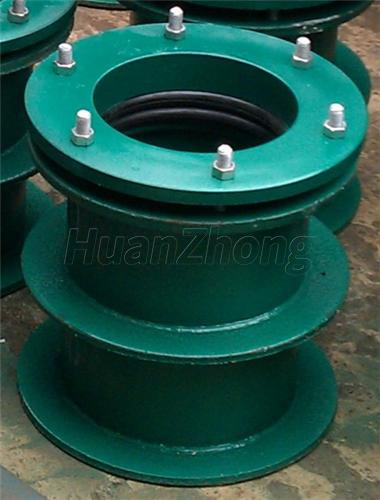The main purpose of the airtightness test for flexible waterproofing casing.
The main purpose of the airtightness test for flexible waterproofing casing.
The airtightness test is a crucial procedure conducted on flexible waterproofing casings to assess their ability to prevent air leakage in various applications. In this article, we will discuss the main purpose and significance of the airtightness test for flexible waterproofing casings.
Flexible waterproofing casings are widely used in construction, particularly in areas where waterproofing is critical, such as basements, tunnels, and underground structures. These casings are designed to seal joints and connections, preventing the ingress of water, air, and other contaminants. Maintaining a high degree of airtightness is essential for the effective performance of the waterproofing casings.
The primary purpose of the airtightness test is to evaluate whether the flexible waterproofing casings can achieve and sustain a desired level of airtightness. Here are some key reasons why the airtightness test is essential:
Verify Performance: The test provides a means to verify that the flexible waterproofing casings perform as intended. It ensures that the casings create a robust barrier against air leakage, preventing unwanted airflow between different areas of a structure. By confirming the casings' airtightness, any potential issues or defects can be identified and rectified before they compromise the overall performance of the waterproofing system.
Energy Efficiency: Airtightness is a critical factor in achieving energy-efficient buildings. Air leakage through joints and connections within the building envelope can significantly impact the heating and cooling systems' performance. By conducting an airtightness test on flexible waterproofing casings, any leakage points can be identified, allowing for remedial actions to be taken. This helps to enhance the building's energy efficiency, reduce energy consumption, and improve indoor comfort.
Moisture Control: In addition to preventing air leakage, airtight flexible waterproofing casings play a crucial role in moisture control. Accumulation of moisture within the building envelope can lead to mold growth, deterioration of materials, and compromised indoor air quality. The airtightness test ensures that the casings effectively seal joints and connections, preventing moisture ingress and maintaining a dry and healthy indoor environment.
Structural Integrity: Air leakage through joints and connections can impact the structural integrity of a building. If uncontrolled outside air infiltrates through gaps and cracks, it can create pressure differentials, compromising the stability and performance of the structure. By conducting an airtightness test on the flexible waterproofing casings, any leakage points can be identified and sealed, ensuring the structure's long-term durability and stability.
Compliance with Standards: Airtightness requirements are often specified in building codes, standards, and regulations. Conducting an airtightness test on flexible waterproofing casings ensures compliance with these requirements. It provides documentation and evidence of the casings' performance, which is often necessary for obtaining building certifications or meeting specific project specifications.
In conclusion, the airtightness test is a vital procedure to evaluate the performance and effectiveness of flexible waterproofing casings. By verifying the casings' ability to achieve and sustain a desired level of airtightness, this test ensures energy efficiency, moisture control, structural integrity, and compliance with standards. It is a critical step in maintaining the overall performance and durability of waterproofing systems in various construction applications.
